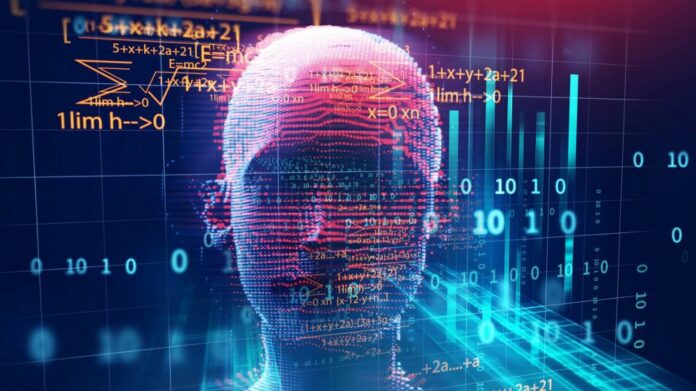Today, people are living in an era that is rising technologically at a breakneck pace. The Digital Revolution has changed the entire lives, transforming completely the way people live and work. An exciting aspect of being in the Fourth Industrial Era is that people are at a new point of inflection connecting life with emerging technologies.
Technology is something that people today can never avoid since change is constant in today’s world. The blending of machines with biology is one of the most fascinating innovations with the help of technology. It is a combination of many technological elements, most importantly artificial intelligence, and pervasive computing.
With the emergence of technology, biological developments have been able to envision an era of advancements and innovations. Two such innovations that amaze the humankind are being highlighted here and they are Neuromorphic technologies and human-machine biology.
Neuromorphic technologies
A technology that describes the use of very-large-scale integration (VLSI) systems of electronic analog circuits to imitate neurobiological structures in the nervous system. Human-computer interaction (HCI) was a research field that began in the 1980s and came a far forward in a short period. HCI provided the basis for today’s neuromorphic computing.
A research team from Columbia University recently tested the convergence of the neural network. To convert brain activity into understandable robotic terms, they merged brain implants, artificial intelligence, and a speech synthesizer.
The effects of this neuromorphic engineering are mind-boggling, such as the ability to make the disabled and paralyzed to interact and communicate, and the capacity to interpret human thoughts through cognitive imagery. A human B / CI system powered by neural nanorobotics could enable people with immediate access to all of the accumulated human information available in the cloud and substantially boost human learning and intelligence capabilities.
Besides, it could transform immersive virtual and augmented realities to unparalleled levels, enabling more realistic interactions and more full / richer communication for, as well as between, users. These advancements can help humankind incorporate emerging artificial intelligence systems as technologies for human enhancement, facilitating the mitigation of new problems for the human species.
Human-Machine biology
The human and biological technology field has many prospects in the areas of medical research. This involves precision medicine, genome sequencing, and gene editing (CRISPR), cellular implants, and wearable devices that can be inserted into the human body.
The medical world is working with the delivery of nano-scale drugs (including “smart bombs” for antibiotics targeting particular bacterial strains. They will soon be able to embed devices such as bionic eyes and bionic kidneys, or human organs which are artificially grown and regenerated.
Concisely, we are on the verge of greatly improving the human ecosystem. Indeed, it is transformative. The human-machine collaboration is an area that has a lot of potentials and its advancements help humankind to step into the modern era.

